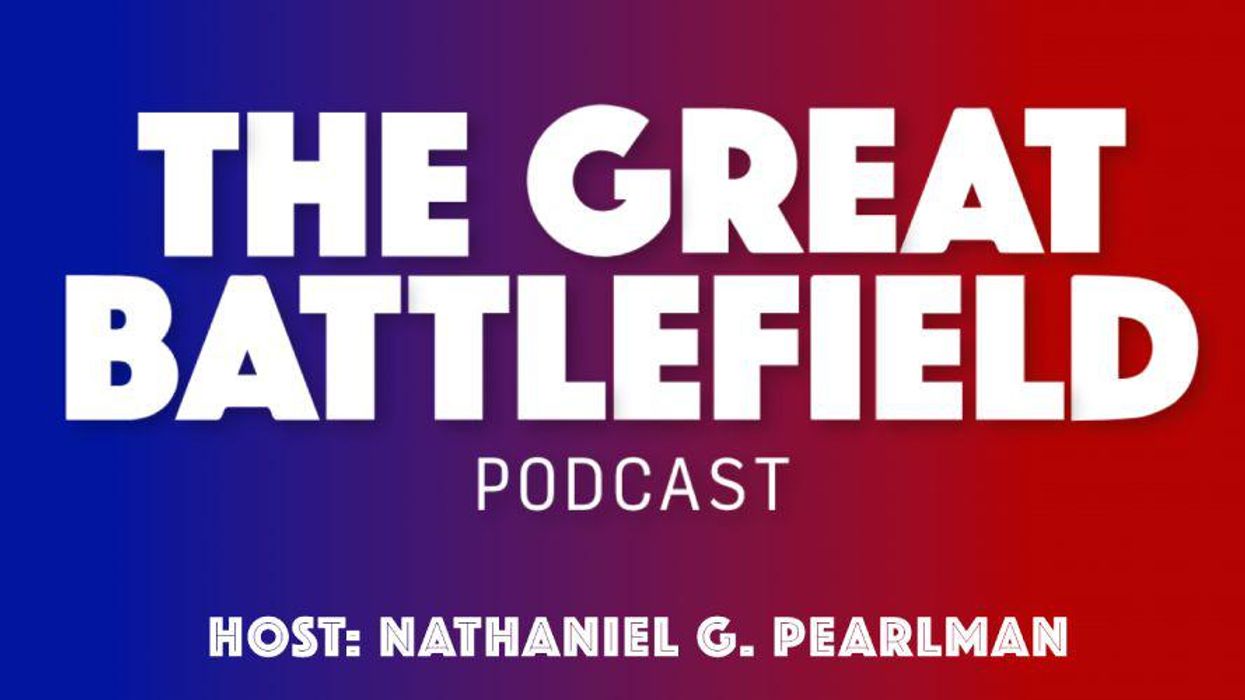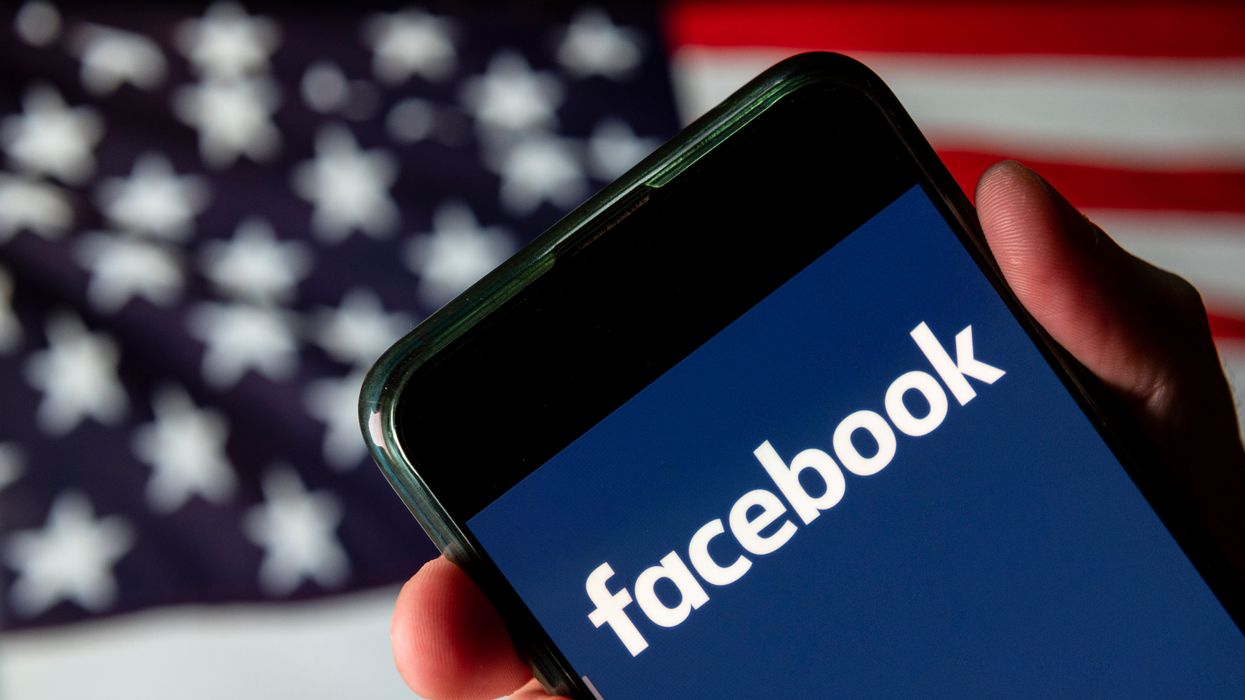Ken Rudin joins The Great Battlefield podcast to talk about his career as a journalist at NPR, hosting his podcast, The Political Junkie and why he's changed his nonpartisan orientation in the Trump era.
Podcast: Journalist and political junkie Ken Rudin







 Journalist and Political Junkie Ken Rudin
Journalist and Political Junkie Ken Rudin












